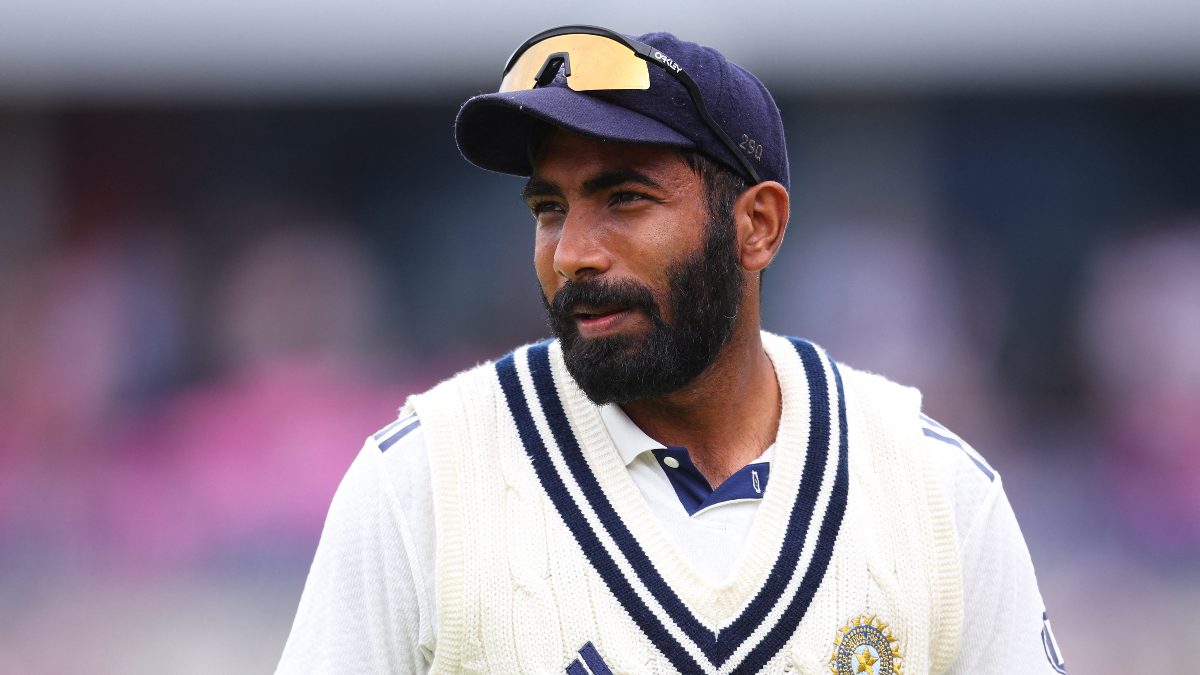Great win. Historic win. 28 years in coming. Ishant’s crowning glory. India’s switch… all that and more… but what was Sourav Ganguly, India’s most successful ‘away’ skipper, most chuffed about as he made it to the ground for the post game show on STAR Sports? “The role have reversed. This is not India of 15 years ago. The Lord’s win has proved that we can bounce out teams, too,” Ganguly said on STAR Sports. Well, he can say it again. India can bounce out teams too. It seems rather unbelievable that Ishant Sharma at long last has discovered just how brutal a delivery the bouncer can be. In the two overs before lunch and the six overs after it – Ishant resorted to the kind of short ball intimidation that many Indians thought only the South Africans, the West Indians and the Australians were capable of. [caption id=“attachment_1628651” align=“alignleft” width=“380”]  Ishant resorted to the kind of short ball intimidation that many Indians thought only the South Africans, the West Indians and the Australians were capable of. Reuters[/caption] It was in the last over before tea that Indian skipper finally managed to convince Ishant to buy into the short ball theory. Nothing else had worked as Joe Root and Moeen Ali had calmly put on 101-runs in the morning session. With just 6 balls remaining in the session, Ishant decided to give it a go. Joe Root was on strike and he ducked the first bouncer. One of the commentators observed that the Yorkshire batsman had never been dismissed playing the hook or the pull in Test cricket. The second bouncer was more on the mark. Root, somehow, managed to get on top of it and even grinned at Ishant. The third was not as high but it was quick and disconcerting. Root played it calmly — letting it hit the body and then jogging away for a leg-bye. That brought Moeen Ali on strike. The next few deliveries showed there was no change in plan. Short, fast and at the batsman with intent to hurt. Then, with just one ball remaining before lunch, Moeen blinked. He took his eyes off the ball and let his instinct of self-preservation take over. His hands strangely enough moved in the direction of the ball even as he looked away and he gloved it to short-leg. That was the effect a bouncer can have. No matter how much protection a batsman is wearing, it can still hurt him; it can still hurt him badly and that is something every batsman has at the back of his mind as he plays the bouncer or tries to fend off the delivery aimed at his rib cage. The wicket of Moeen seemed to erase whatever doubt Ishant had about the strategy. In the six overs after lunch, Ishant bowled as many as 32 short balls. Initially, the batsmen seemed prepared for him. Both Matt Prior and Root showed that they would retaliate to the short balls in kind. If the short ball is the most direct form of attack a fast bowler possesses, then the hook is the batsman’s weapon. Prior and Root played the hook. Over and over again. 10 runs in one Ishant over and 10 more in another. England added 20 runs in two overs and suddenly everyone was casting a nervous eye towards the scoreboard. Up until this point, Prior and Root had not only played the hook and the pull but they had also managed to play them mostly along the ground. Then, Prior lost it. With three fielders (third man, deep square leg and deep mid-wicket) placed in the deep for the shot – the England wicketkeeper’s sense of adventure got the better of rational thought. He went for the shot and found Murali Vijay at deep mid-wicket. It was a plan and it was clear but England couldn’t resist having a go. In his next over – Ishant had Ben Stokes mistiming the pull shot and then, even Joe Root (66) took the bait. Another short ball, another pull, another wicket. In the space of 7 balls, England had lost the plot and the match. It all came down to the short ball and Dhoni’s search for a tactic that would make it difficult for the batsmen to score runs and also be a genuine wicket-taking proposition. The rout was complete when another short ball sent Broad back. The short deliveries were relentless — a line of attack that forced the batsmen to play and challenged them to come out on top. They failed miserably and in the process India discovered the value of the bouncer once again. The bouncer, in the right hands, is a fearful weapon. Going into Southampton, India must to careful to use such a weapon as sparingly as possible. Just because it worked once, doesn’t mean it will work again. But then again – given how this England side works – one never knows.
Ishant resorted to the kind of short ball intimidation that many Indians thought only the South Africans, the West Indians and the Australians were capable of.
Advertisement
End of Article


)

)
)
)
)
)
)
)
)



